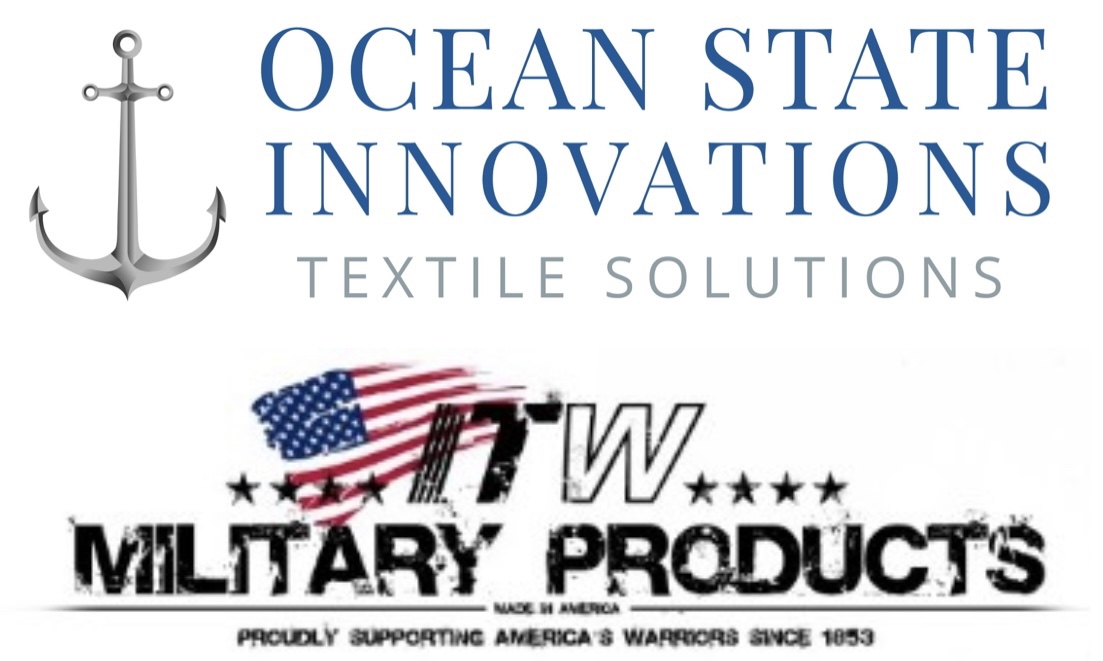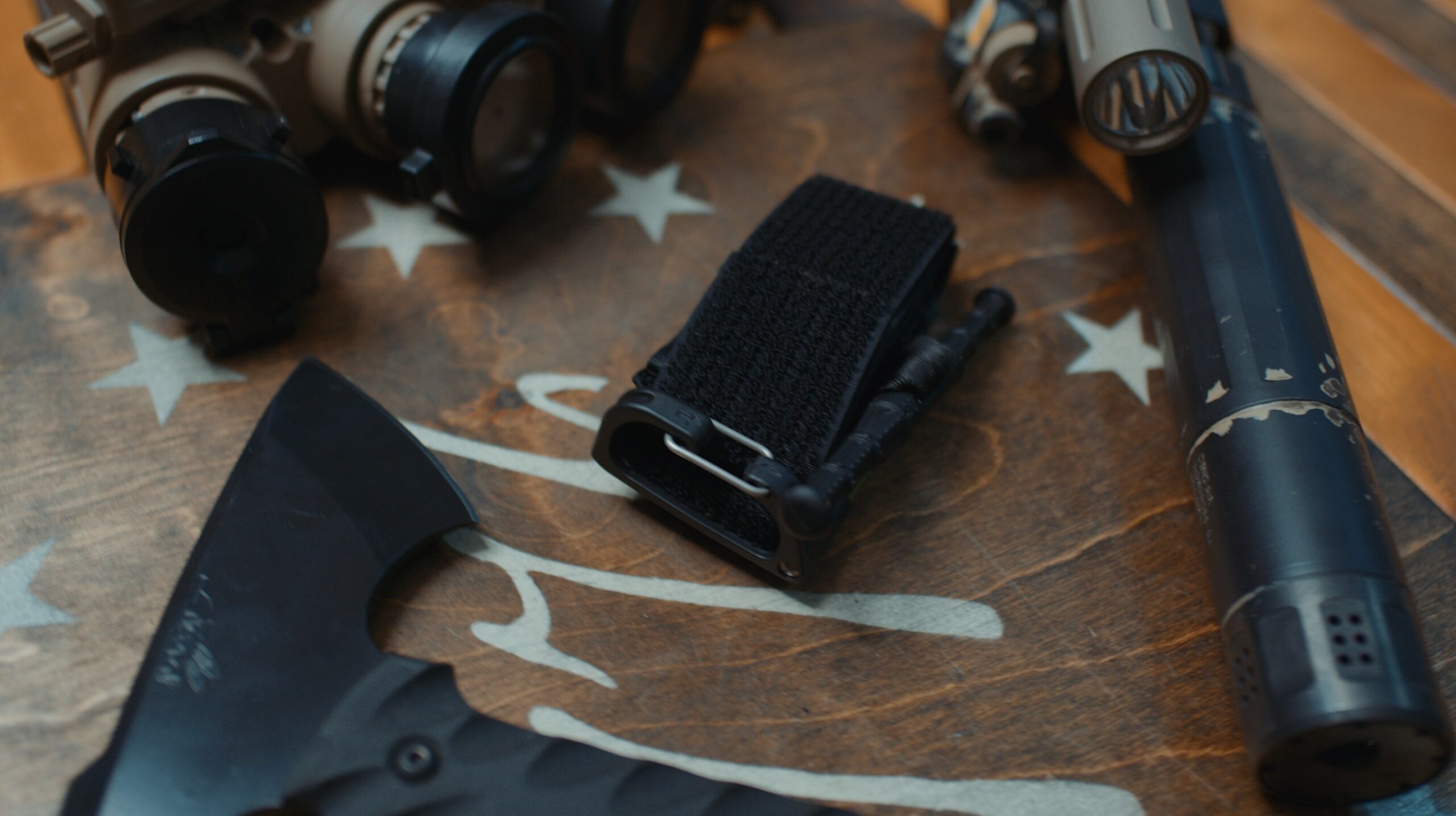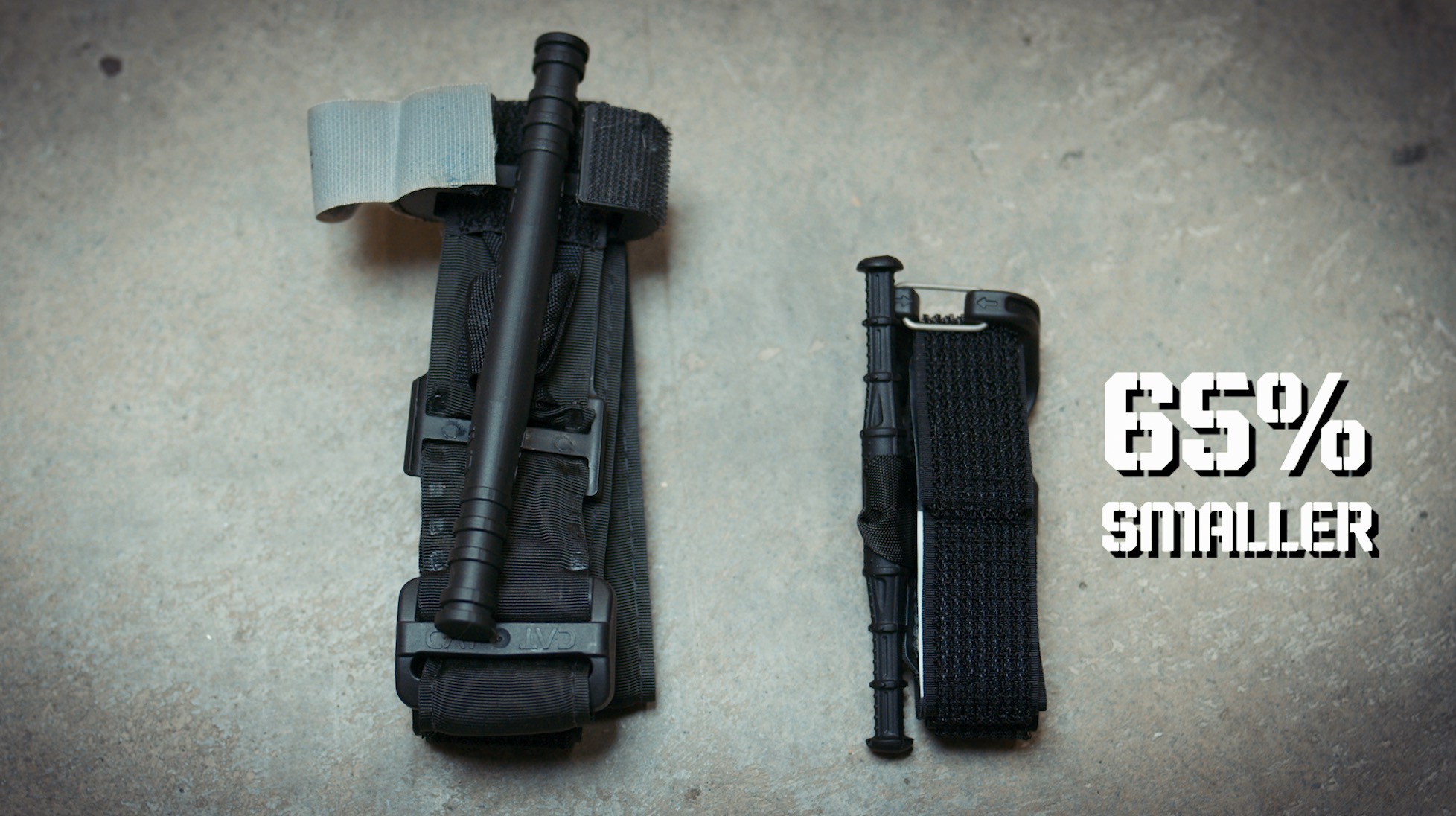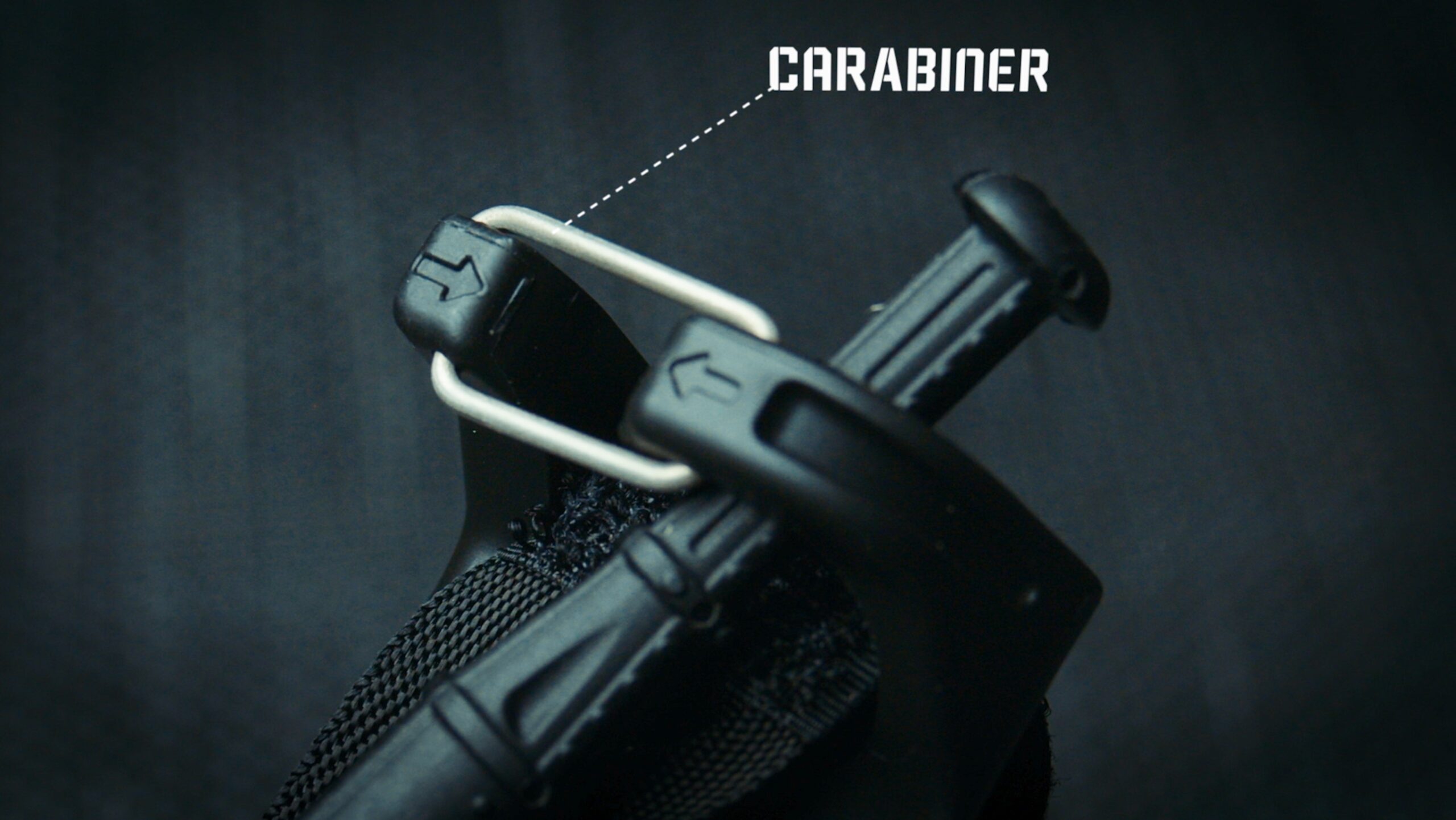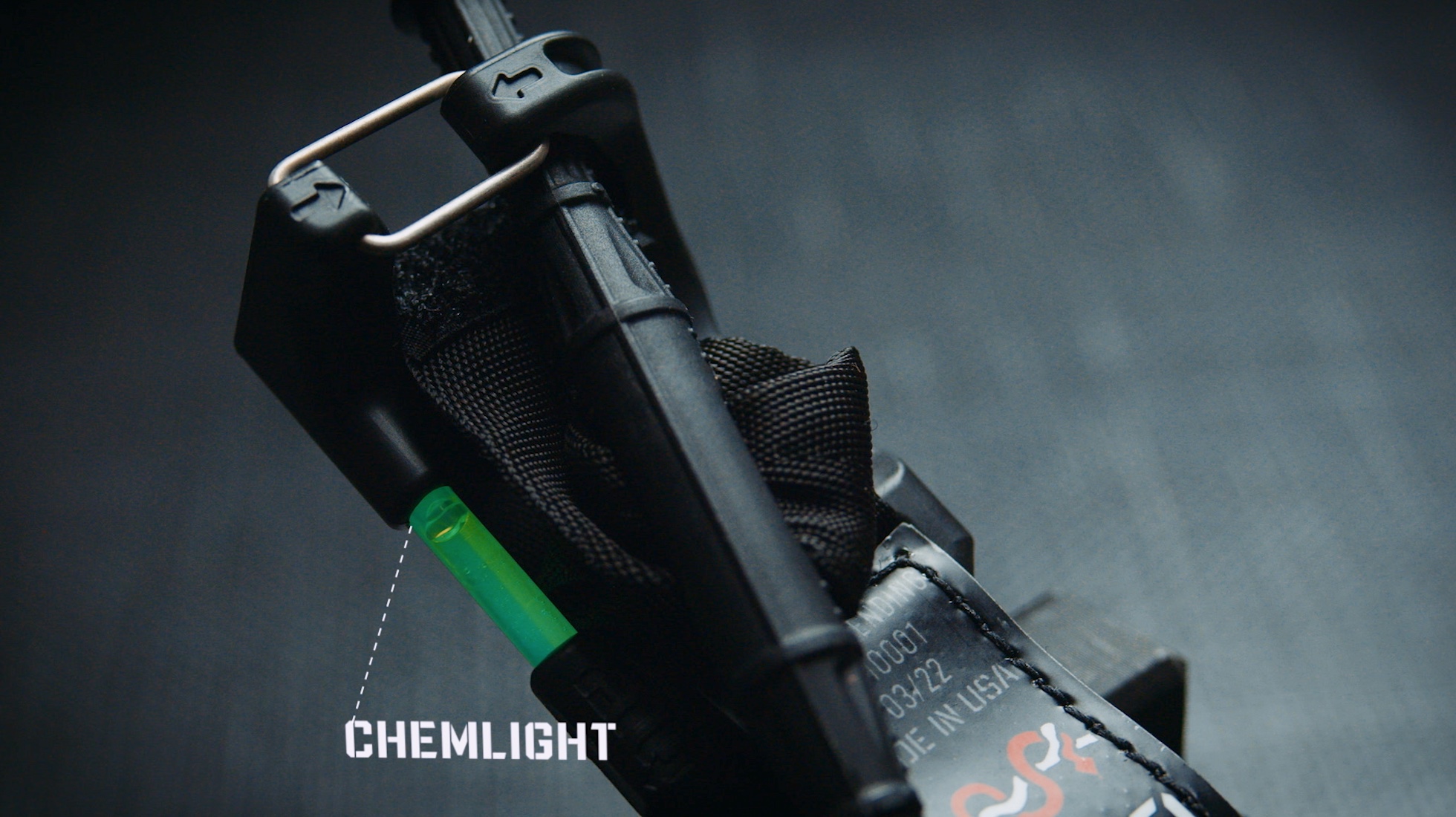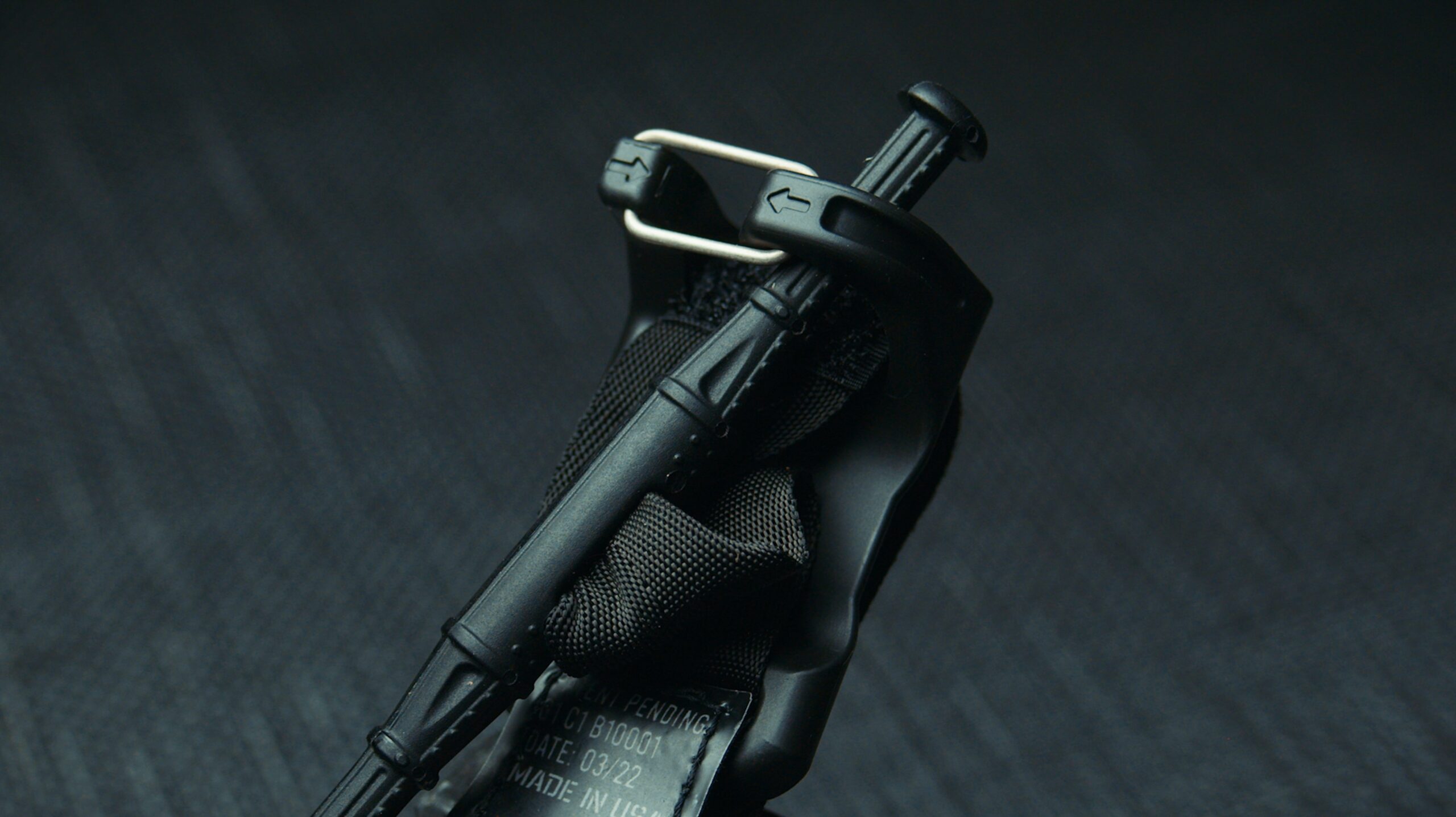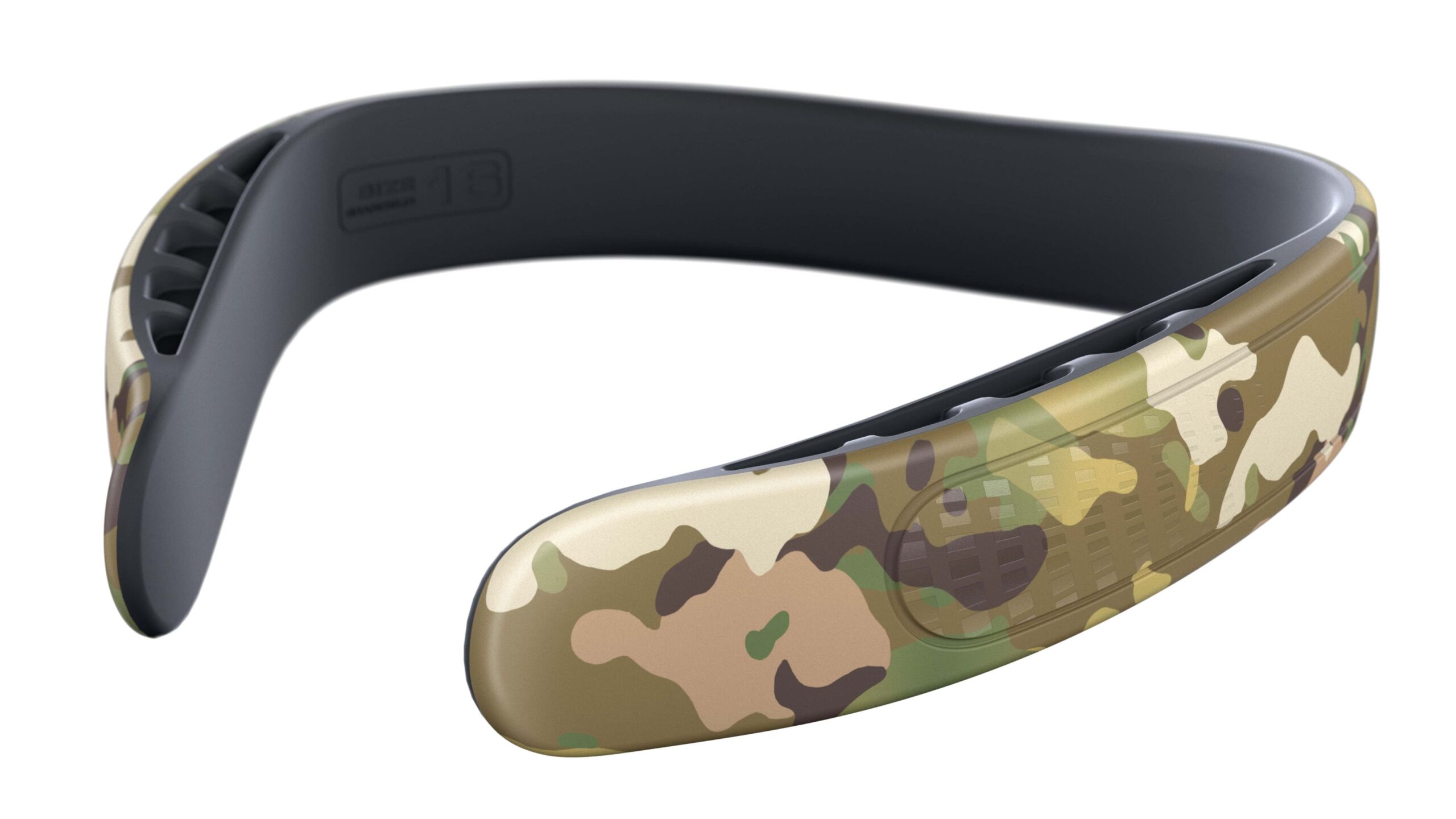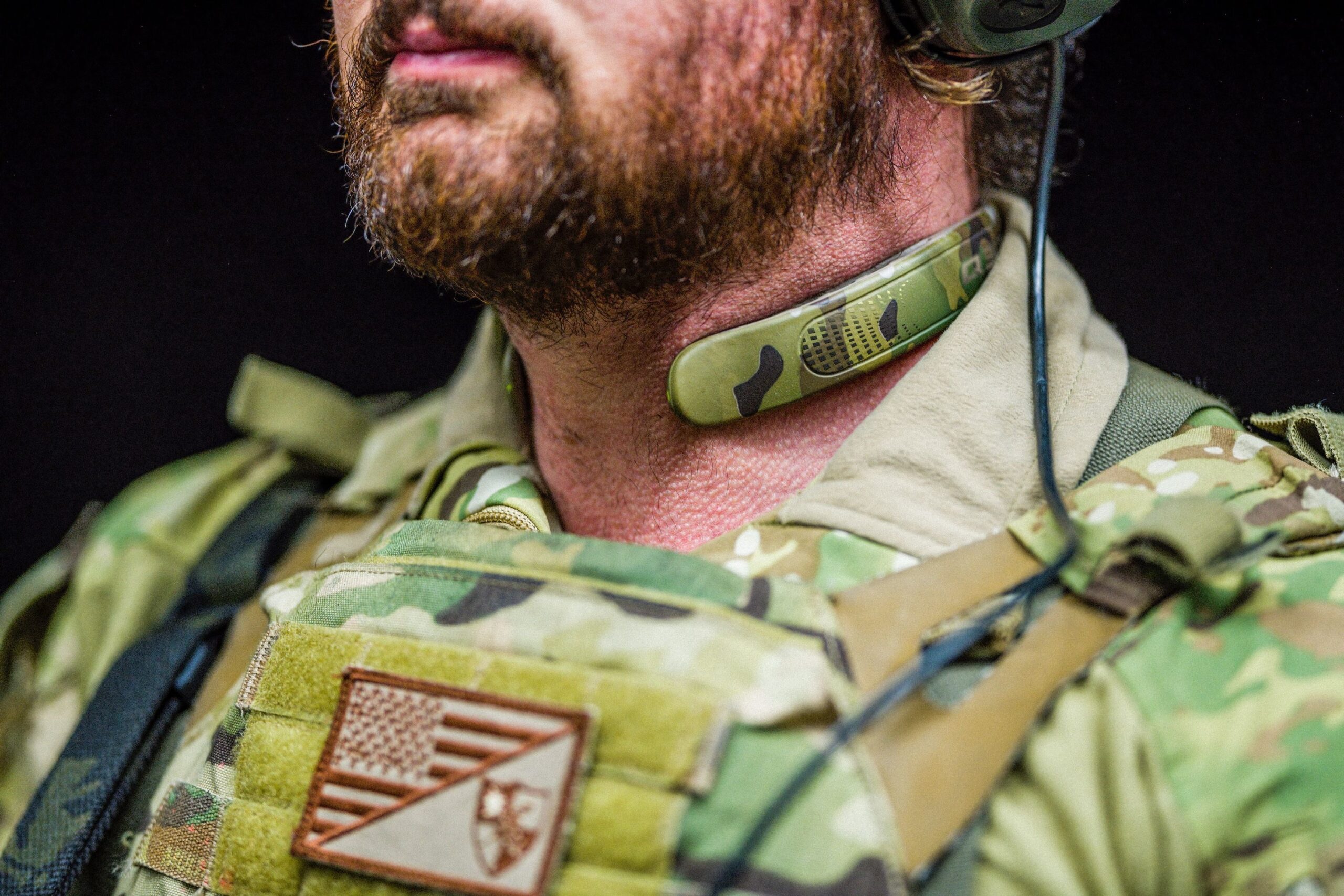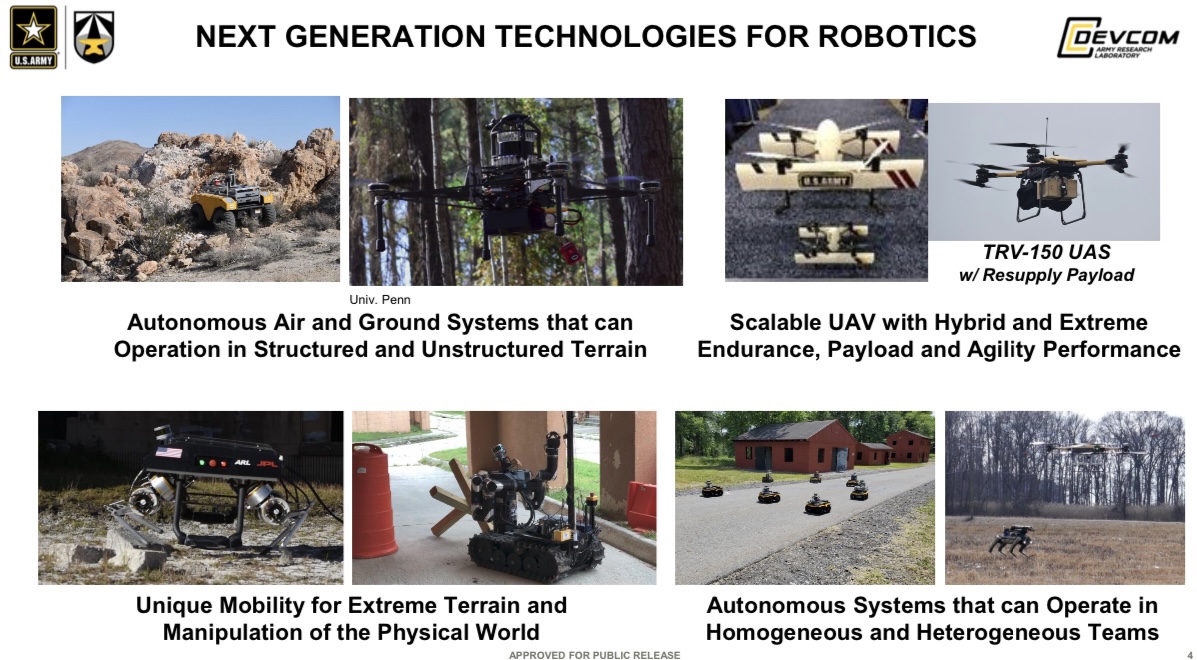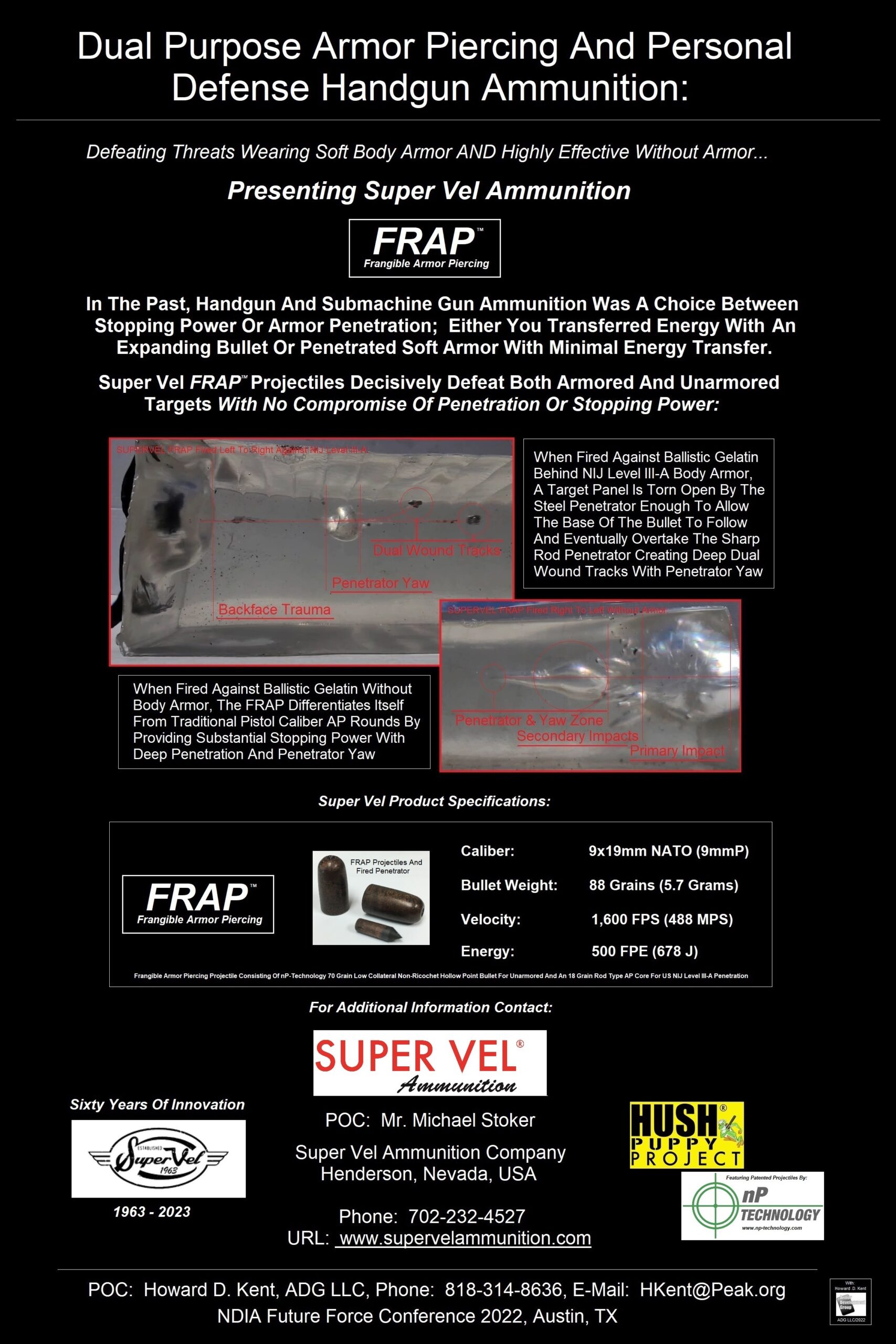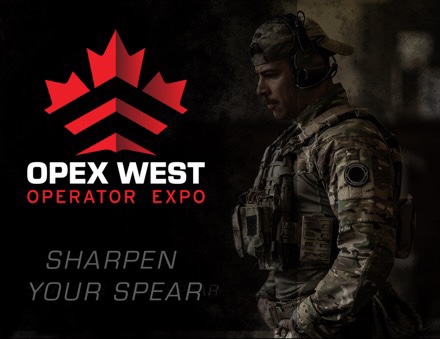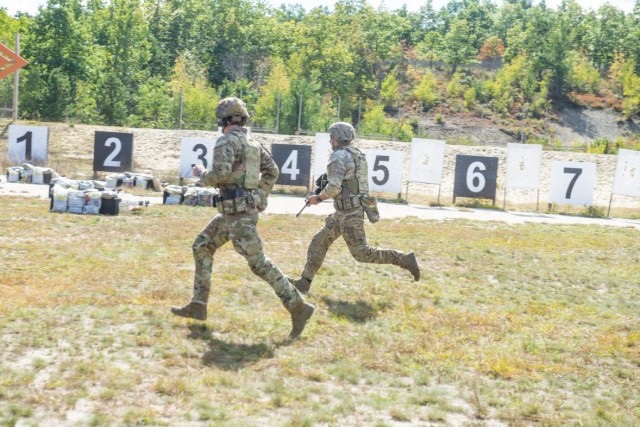
NATICK, Mass. – The U.S. Army Combat Capabilities Development Command Soldier Center, or DEVCOM SC, completed its fifth Small Unit Performance Analytics, or SUPRA, event at Fort Devens on September 12 – 23. The data collection, supported by infantry squads from the 10th Mountain Division, was part of DEVCOM SC’s ongoing Measuring and Advancing Soldier Tactical Readiness and Effectiveness, or MASTR-E, program. MASTR-E’s Small Unit Performance Analytics (SUPRA) research team planned and executed the event.
Led by DEVCOM Soldier Center, the MASTR-E program is a large-scale effort focused on measuring, predicting, and enhancing close combat performance with predictive performance algorithms, sensors, data-driven decision aids, and targeted interventions to maximize Soldier performance. DEVCOM Soldier Center is executing a collaborative development strategy with numerous military, academic, and industry partners on the effort. The goal of the MASTR-E program is to characterize and predict Soldier cognitive and physical performance under operationally relevant conditions, ultimately increasing warfighter capability.
SUPRA events play an important role in the overall MASTR-E program.
“SUPRA concentrates on true measures of collective performance,” said George Matook, program lead for MASTR-E. “The Army fights as units, not as individuals; while it’s important to understand individual performance as a part of that whole, quantifying unit performance is critical. SUPRA does that for MASTR-E.”
Data collected from participating squads in SUPRA events include communication data, physiological status monitoring, and marksmanship data — to name just a few areas of data collection. SUPRA events aim to increase understanding of how individual and squad performance influences overall Soldier effectiveness and lethality.
“The SUPRA research team collects over 100 GB of data and close to 500 different dependent measures for each squad that completes the testing,” said Meghan O’Donovan, a biomechanics research engineer in DEVCOM SC’s Soldier Effective Directorate who works on the MASTR-E effort. “Given the numbers of squads and Soldiers tested, this makes it one of the largest dismounted infantry, force-on-force data sets in existence.”
By adding data to the MASTR-E Soldier performance effort, this SUPRA event will broaden Soldier representation and enhance the science behind the effort.
“This SUPRA event adds more Soldier data into the analytical pool, strengthening the statistical relevance of the relationships and metrics we’re discovering,” said Matook. “We want to ensure the information is representative of the Army, not just a couple of squads we happened to sample.”
DEVCOM SC’s longtime expertise in multiple domains in Soldier technology research and development, as well as its innovative partnerships with academia and industry are also playing an important role in the SUPRA efforts specifically and in the MASTR-E effort overall.
“DEVCOM Soldier Center’s longtime expertise in multiple domains is necessary to properly execute MASTR-E,” said Matook. “By design, our studies are multi-disciplinary, encompassing work in physical, cognitive, socio-emotional, and health domains. While Soldier Center has experts in some of these areas, it was important to leverage the help of other Army and DoD assets to bring a best of breed team to the problem set. To bring together the right skillsets for SUPRA in particular, we assembled a team from Soldier Center, Aberdeen Test Center, Army Research Institute, Naval Health Research Center, and multiple industry partners.”
SUPRA events are an important part of the MASTR-E program’s effort to better understand and to increase Soldier readiness and performance.
“MASTR-E as a whole will benefit warfighters in many ways, from garrison, to training, and operations,” said Matook. “MASTR-E’s work measuring, predicting, and enhancing close combat performance will help the Army and its Soldiers see themselves better, to understand our true capability and readiness with the metrics that matter. Coupling this knowledge with Optimizing the Human Weapon System will give leaders an unprecedented situational understanding of their formations, enabling higher levels of readiness and increased probability of mission success.”
By Jane Benson, DEVCOM Soldier Center Public Affairs
